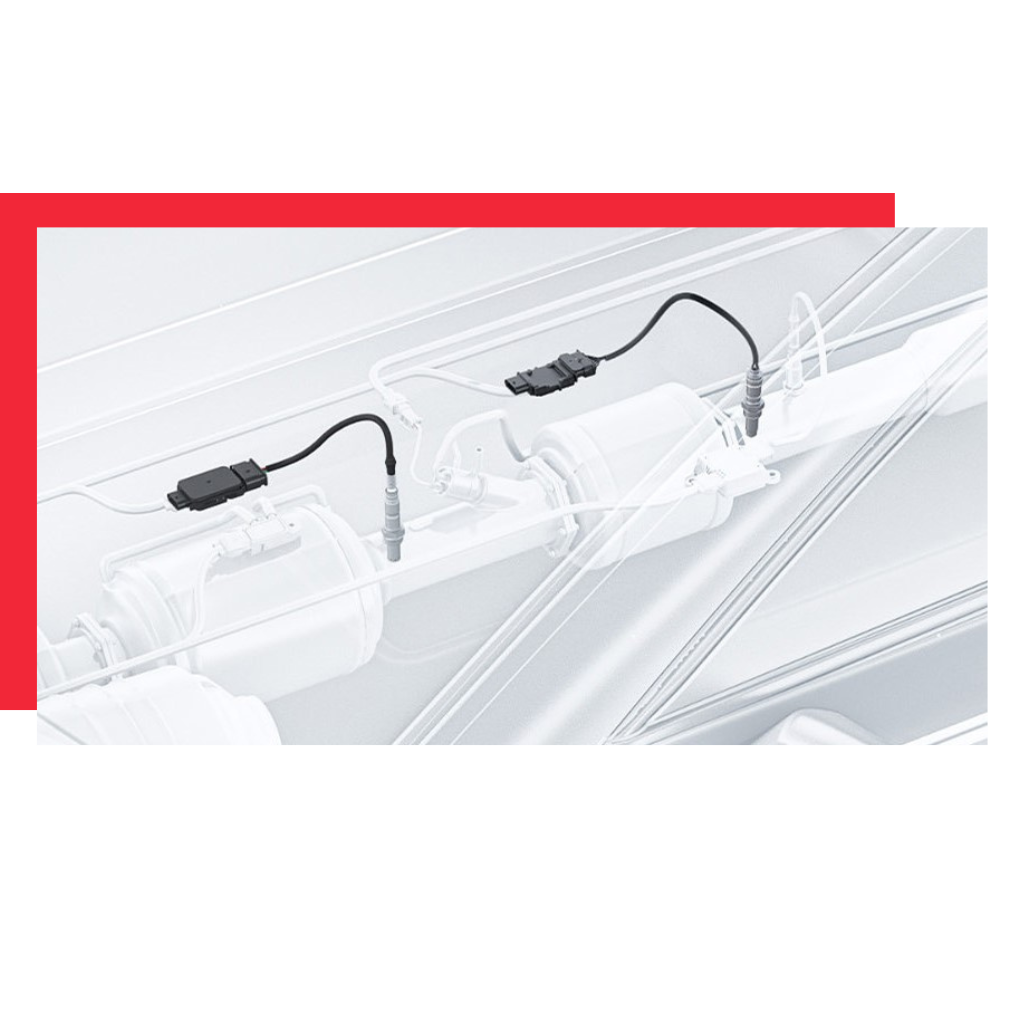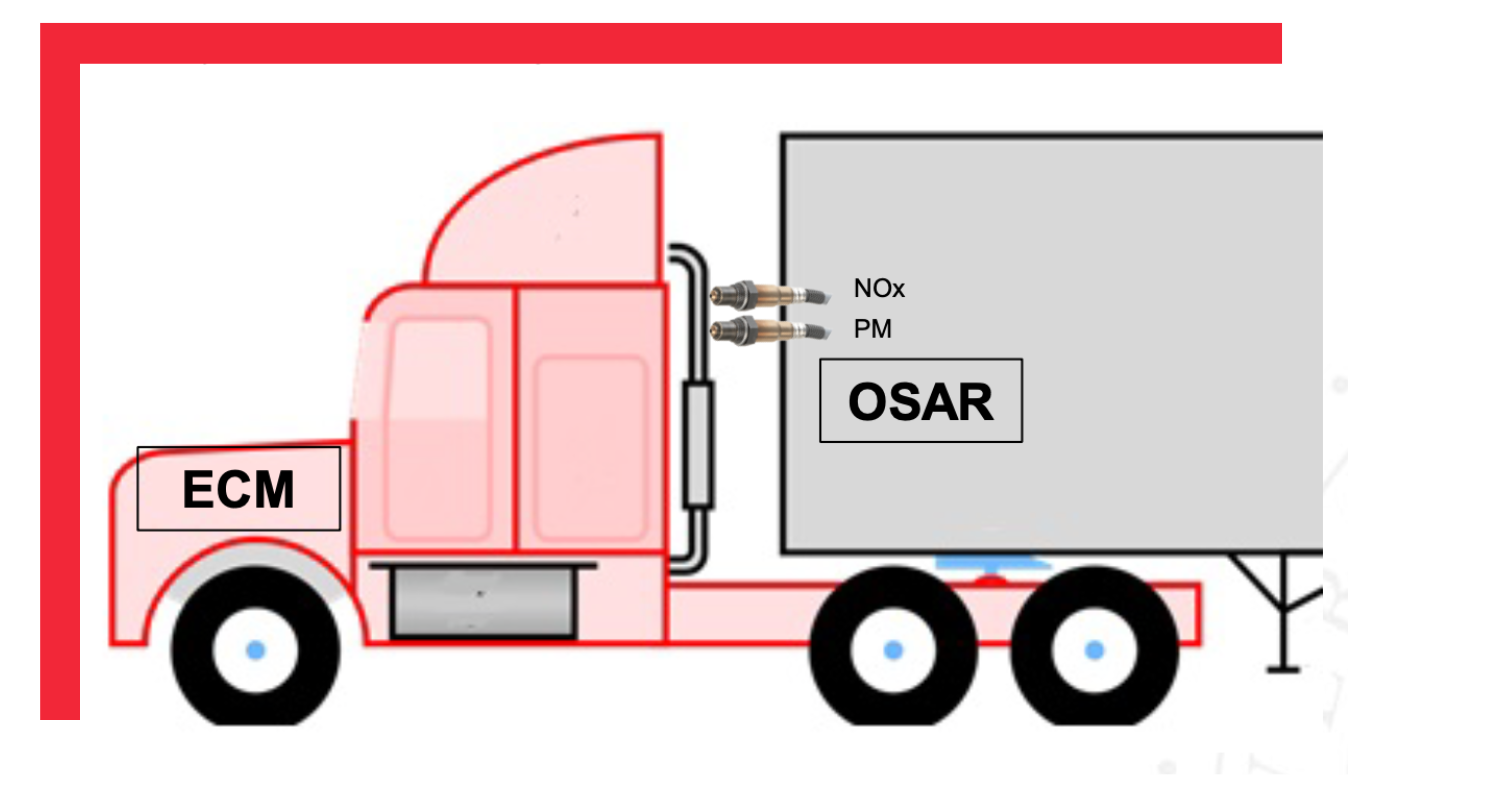A complete platform for GHG sensor development
Mix innovative sensor design and proprietary zeolite-based chemistry with advanced ceramics manufacturing, then combine it with cutting-edge systems engineering and you have the RedNOx technology platform. The next wave of parts-per-billion GHG sensors design, and development is here.

A groundbreaking parts-per-billion for NOx sensing technology
The RedNOx technology platform is designed to provide a complete solution for the advancement of emissions and GHG sensors. This includes designing an interferences-free NOx sensor during early research, optimizing temperature control for selectivity and sensitivity as well as manufacturing for verification, validation, and commercialization purposes.
Identification of NOx Emissions and their Analysis in Tailpipe Emissions
The RedNOx technology platform is designed to provide a complete solution for the advancement of emissions and GHG sensors. This includes designing an interferences-free NOx sensor during early research, optimizing temperature control for selectivity and sensitivity as well as manufacturing for verification, validation, and commercialization purposes.


Enabling Fertilizer Reduction and NOx Trading
RedNOx is working on farmland sensors that will assist the 2.1 million US farmers in reducing their fertilizer usage by half, thereby preventing the emission of nitrogen oxides (NOx) and nitrous oxide (N2O). These sensors will provide guidance to farmers on where to apply fertilizer and help them avoid overfertilization. Moreover, RedNOx farmland sensors will have benefits for farmers in the emerging NOx credits trading industry, enabling them to earn more income as they decrease their NOx and N2O emissions and gain rewards from the traded credits.

On-Board Emissions Sensing, Analysis and Reporting (OSAR)
OSAR is a consortium aiming to shift the regulation of vehicle emissions by using advancements in vehicle emission sensors, data science, big data management, and network vehicle connectivity. Current regulations are based on laboratory certifications that do not reflect real-world conditions, resulting in a gap between certification and in-use emissions. The solution is to measure all vehicles using on-board sensing and validate compliance from the in-use fleet of vehicles under the conditions where they produce emissions. As part of OSAR, RedNOx’s is to create an on-board reporting NOx sensor system for the heavy-duty truck industry to control emissions using real-world data. The company is working to get its LoNOxTM sensor adopted by the industry and in all new heavy-duty trucks as well as retrofit older ones based on feedback from regulatory agencies, and eventually extend this approach to other mobile sources.

